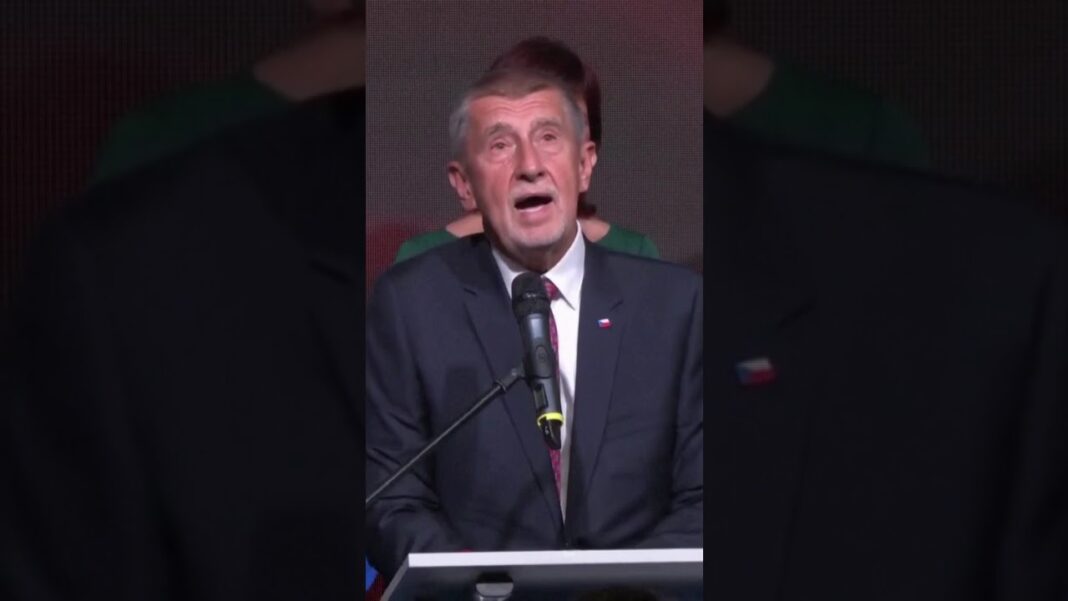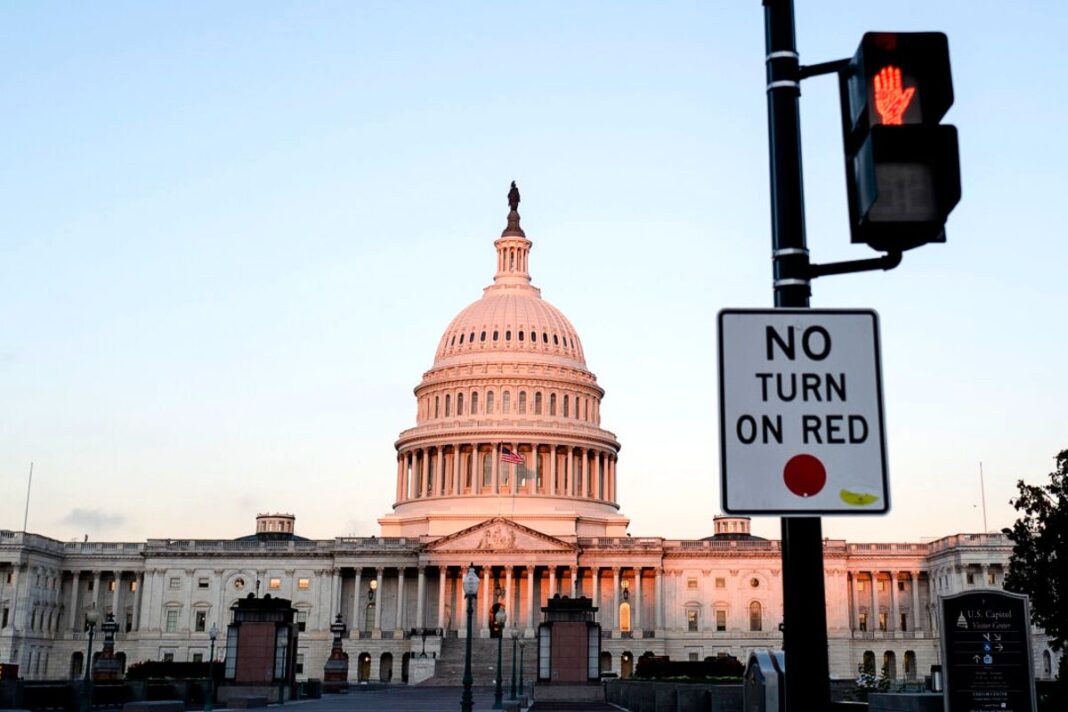The new term starts with a series of hot-button cases involving the Trump administration, redistricting, and other issues.
The Supreme Court is set to return on Oct. 6 for its 2025–2026 term, in which it will consider a series of cases that could affect major constitutional issues and impact President Donald Trump’s agenda.
The high court is expected to hear challenges to Trump’s policies and has already decided to hear arguments over Trump’s tariffs and attempts to fire high-level officials.
The Supreme Court will also consider whether states can ban men from playing in women’s sports, whether a ban on so-called conversion therapy violates free speech rights, and a variety of election-related cases that could affect the balance of political power in the United States.
Here are the top cases so far this term and what is at stake in each.
| 1. Trump’s Tariffs |
| 2. Removal of High-Level Bureaucrats |
| 3. Girls’ Athletics |
| 4. Redistricting |
| 5. Pregnancy Center’s Donor Lists |
| 6. ‘Conversion Therapy’ Ban |
| 7. Hawaii’s Gun Restrictions |
| 8. Death Penalty and IQ |
| 9. Campaign Spending |
| 10. Defense Contractor Liability |
| 11. Other Trump Cases |
1. Trump’s Tariffs
In perhaps the most anticipated case this term, the high court will decide on the legality of a large swath of Trump’s tariffs.
Trump invoked an emergency powers law to impose reciprocal tariffs on almost all countries, as well as levies on Canada, Mexico, and China over the trafficking of fentanyl into the United States.
Several federal courts have ruled that those tariffs went beyond what the law allowed.
Under the Constitution, Congress has the power to impose tariffs, and it can delegate this authority to the president.
The Trump administration argues that the law, called the International Emergency Economic Powers Act, authorizes the president to impose tariffs through a provision that grants the president the power to regulate importation.
However, the U.S. Court of Appeals for the Federal Circuit has pointed out that that section of the law does not explicitly use the term “tariffs.”
It blocked the tariffs, but has paused the effects of its ruling until after the Supreme Court issues its judgment.
The Supreme Court has set a consolidated oral argument for Nov. 5 in Learning Resources Inc. v. Trump and Trump v. V.O.S. Selections.
2. Removal of High-Level Bureaucrats
Through a series of high-profile firings, Trump has led the federal court system to revisit a 90-year-old Supreme Court precedent. The 1935 decision in Humphrey’s Executor v. United States held that Congress can set limits on the president’s ability to remove certain officials.
So far, lower courts have pointed to this decision as a basis for reversing Trump’s firings. Many of the lower court decisions have reached the Supreme Court’s emergency docket in recent months.
Although the justices have weighed in on some of those cases, they have not offered a final ruling on how far Congress can go in limiting Trump’s removal power.
That is expected to change soon, as the Supreme Court recently agreed to hear a case, Trump v. Slaughter, challenging Trump’s firing of a member of the Federal Trade Commission, Rebecca Slaughter.
That agency was also the subject of the decision in Humphrey’s Executor, which the Supreme Court has said it may be open to overruling.
In 1935, the court said Congress could restrict the president’s removal of Federal Trade Commission board members because they served a “quasi-legislative” or “quasi-judicial” role.
While the exact definitions of “executive” and “quasi-legislative” power remain uncertain, those questions will likely be central to the Supreme Court’s eventual decision.
The Supreme Court also said on Oct. 1 that it would hear oral arguments in January over Trump’s attempt to fire Federal Reserve Board of Governors member Lisa Cook.
Trump sent Cook a letter on Aug. 25 stating that he was removing her “for cause,” citing “sufficient reason” to believe that she had made false statements on one or more mortgage agreements. He invoked the Federal Reserve Act, which states that the president can remove a member of the board “for cause.”
Cook has argued that Trump did not cite a legally recognized “cause” and that his interpretation of the law would “destroy the Federal Reserve’s historic independence.” She has also denied the allegation of fraud.








